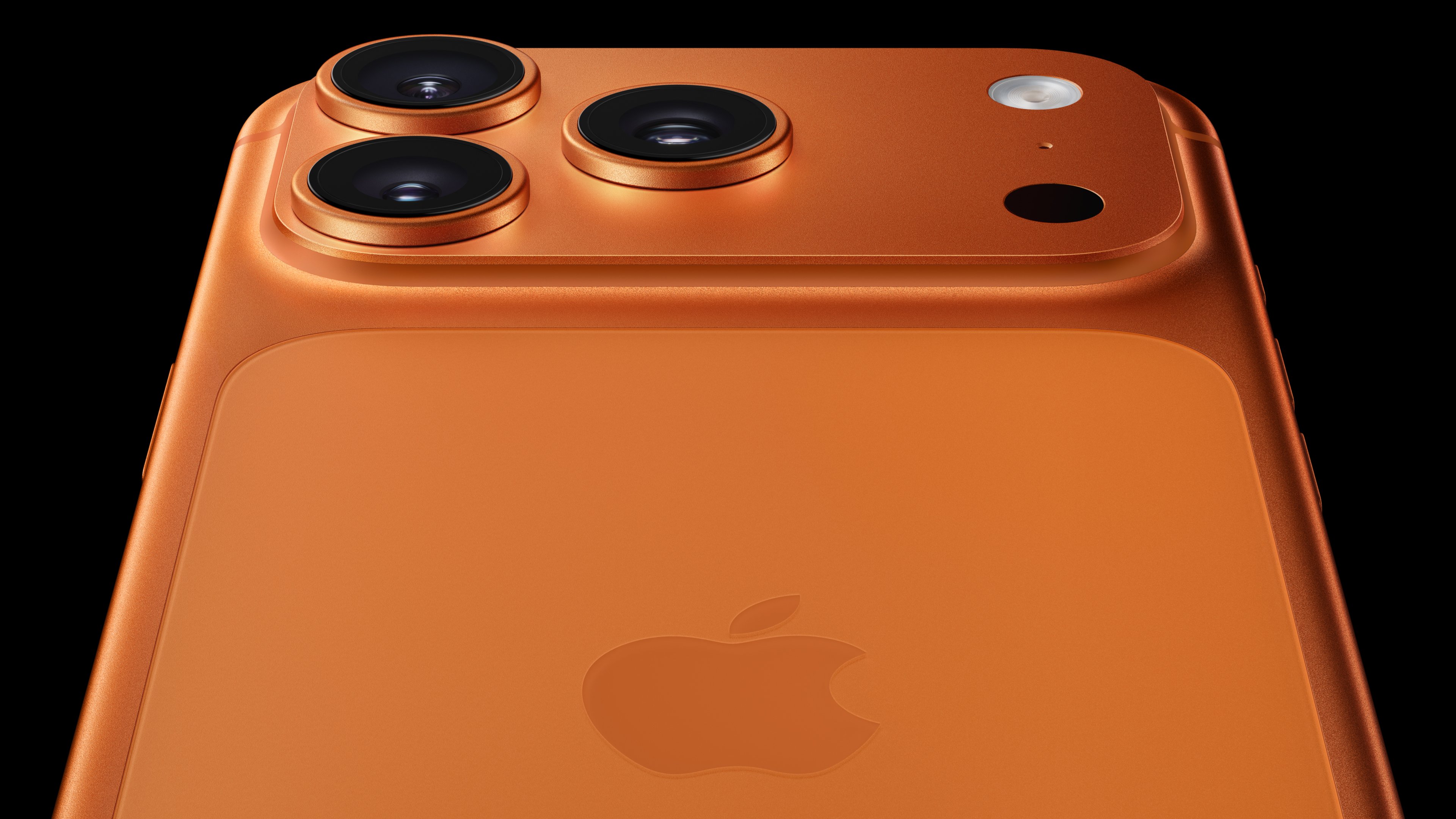Ever since Apple (AAPL +0.58%) launched its iPhone X at the beginning of November, the narrative has mostly revolved around supply. Early supply constraints were attributable to component bottlenecks and process challenges that were hindering the production ramp, but it appeared that production started to pick up incredibly fast within just the first month. One key question has been when Apple will reach supply-demand balance. It appeared that Apple was catching up in December, judging by iPhone X availability in the U.S. (as measured by Loup Ventures' Gene Munster).
As production and supply continue to improve, what if demand is already waning?

Image source: Apple.
Widespread availability
Munster's estimates from earlier this month show that iPhone X is "effectively at full U.S. availability." For the vast majority of configurations and retail locations, customers can safely expect to walk in to an Apple store and purchase an iPhone X on the spot.
That would normally be considered good news as it relates to the production ramp, but it could be cast in a negative light to the extent that weaker-than-expected demand is helping Apple bolster its inventory.
There have been a few data points this week that should concern investors right now regarding iPhone X demand.
Two analyst surveys
Yesterday, Longbow Research analyst Shawn Harrison downgraded Apple from buy to neutral, in part due to what the analyst considers "lackluster" demand. The iPhone 8 is underwhelming, as that device merely added a few incremental features in the same overall design that Apple has been using since 2014 with the iPhone 6. iPhone X packs in plenty of new innovative features, but Harrison believes that the high price tag -- $999 to $1,149 -- is "blunting some consumer interest." That's largely why Longbow has modest expectations for this year's iPhone cycle.
Separately, Cowen conducted a survey of smartphone buyers and found that iPhone loyalty appears to be trending lower. In fact, repeat iPhone purchase intent is at a record low (within the context of Cowen's quarterly surveys). To be fair, iPhone loyalty is still incredibly high, with 80.5% of respondents planning on buying another iPhone when the time is right, but that's down sequentially from 87.6%. Directionally, that's a pretty big drop (over 7 percentage points), and it notably occurred after the iPhone X launched and product reviews became more widely available. The pre-launch hype potentially could have boosted the metric ahead of launch.
Possible production cuts
DIGITIMES reported today that many component suppliers are expecting iPhone orders to come in below expectations. This was attributed in part to seasonal factors, but also soft demand of iPhone 8 and 8 Plus that may have "dragged down the momentum for the iPhone X." Some suppliers are reportedly even considering halting production next month until they get better visibility from Apple.
Investors should never put too much weight in supply chain reports, as Apple's supply chain has many moving parts and it's entirely possible that order cuts at one supplier are offset by order increases at others. Still, this isolated data point isn't encouraging.
Apple reports earnings in a couple weeks on Feb. 1, at which time investors will see just how many iPhones the company sold over the holiday shopping season (Apple's guidance calls for record sales). Management's commentary on the call regarding iPhone demand going forward might be just as important.






